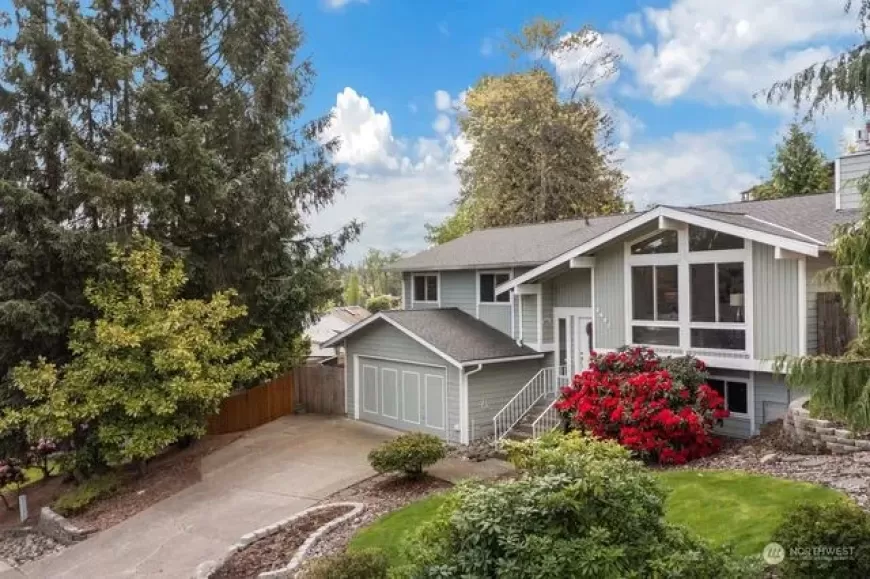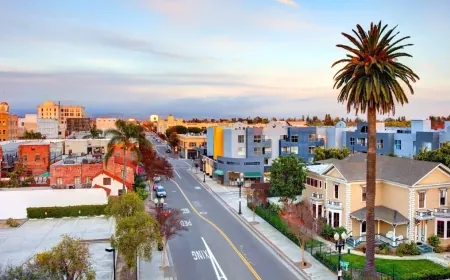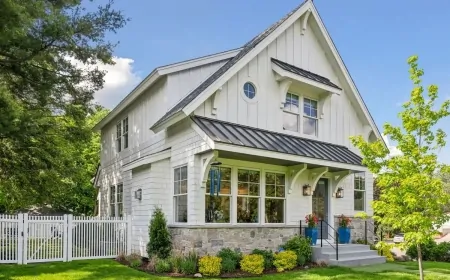US Home Sales Decline Again in May Amid Rising Mortgage Rates and High Prices
Sales of previously owned homes in the United States dropped for the third consecutive month in May, affected by escalating mortgage rates and historically high prices.

U.S. home sales fell for the third straight month in May due to rising mortgage rates and record-high prices. The National Association of Realtors reported a 0.7% decrease in sales from the previous month, with a seasonally adjusted annual rate of 4.11 million homes. Despite the decline in sales, home prices continued to rise, marking the 11th consecutive month of year-over-year price increases.
Declining Home Sales
The National Association of Realtors (NAR) announced on Friday that sales of previously occupied homes in the U.S. decreased by 0.7% in May compared to April. The seasonally adjusted annual rate stood at 4.11 million homes, slightly surpassing the 4.07 million rate anticipated by economists, according to FactSet.
Yearly Comparison and Expectations
Compared to May of the previous year, sales of existing homes were down by 2.8%. Lawrence Yun, the chief economist at NAR, expressed surprise at the lack of recovery, stating, "I expected a rebound this spring, but it has not materialized."
Rising Home Prices
Despite the reduction in sales, home prices have continued to climb. The national median sales price reached $419,300 in May, a 5.8% increase from a year ago and the highest on record since 1999. This figure also represents a 51% rise from five years ago. The market saw this price increase even as sales slowed and the inventory of available homes reached its highest level in four years.
Housing Market Trends
The U.S. housing market has been struggling since 2022, when mortgage rates began to rise from their pandemic-era lows. Existing home sales plummeted to a nearly 30-year low last year, as the average 30-year mortgage rate hit a 23-year high of 7.79%, according to data from Freddie Mac.
This year, the average 30-year mortgage rate has hovered around 7%. Strong economic and inflation reports have led the Federal Reserve to keep its short-term interest rate at its highest level in over two decades.
Federal Reserve Actions
Federal Reserve officials recently noted that inflation has been moving closer to their 2% target. They signaled the possibility of reducing the benchmark interest rate once this year, a departure from their previous projection of up to three cuts in 2024.
"Lock-In" Effect and Market Constraints
High mortgage rates have discouraged many homeowners who purchased or refinanced their homes more than two years ago from selling. This "lock-in" effect occurs because homeowners are reluctant to give up their low fixed-rate mortgages, which are typically below 3% or 4%.
By the end of last year, over 50% of mortgaged homes had an interest rate of 4% or lower, and 87% had a rate of 6% or lower, as reported by Realtor.com.
Inventory and Market Balance
The housing market has also been constrained by a limited supply of homes for sale. However, this supply has been gradually improving as homes take longer to sell. At the end of May, there were about 1.3 million unsold homes, a 6.7% increase from April and an 18.5% rise from May of the previous year, according to the NAR.
This inventory level represents a 3.7-month supply at the current sales pace. A balanced market between buyers and sellers typically has a 4- to 5-month supply.
Also Read: US Mortgage Rates Hit New Low Below 7%, Fueling Surge in Home Loan Applications
































































